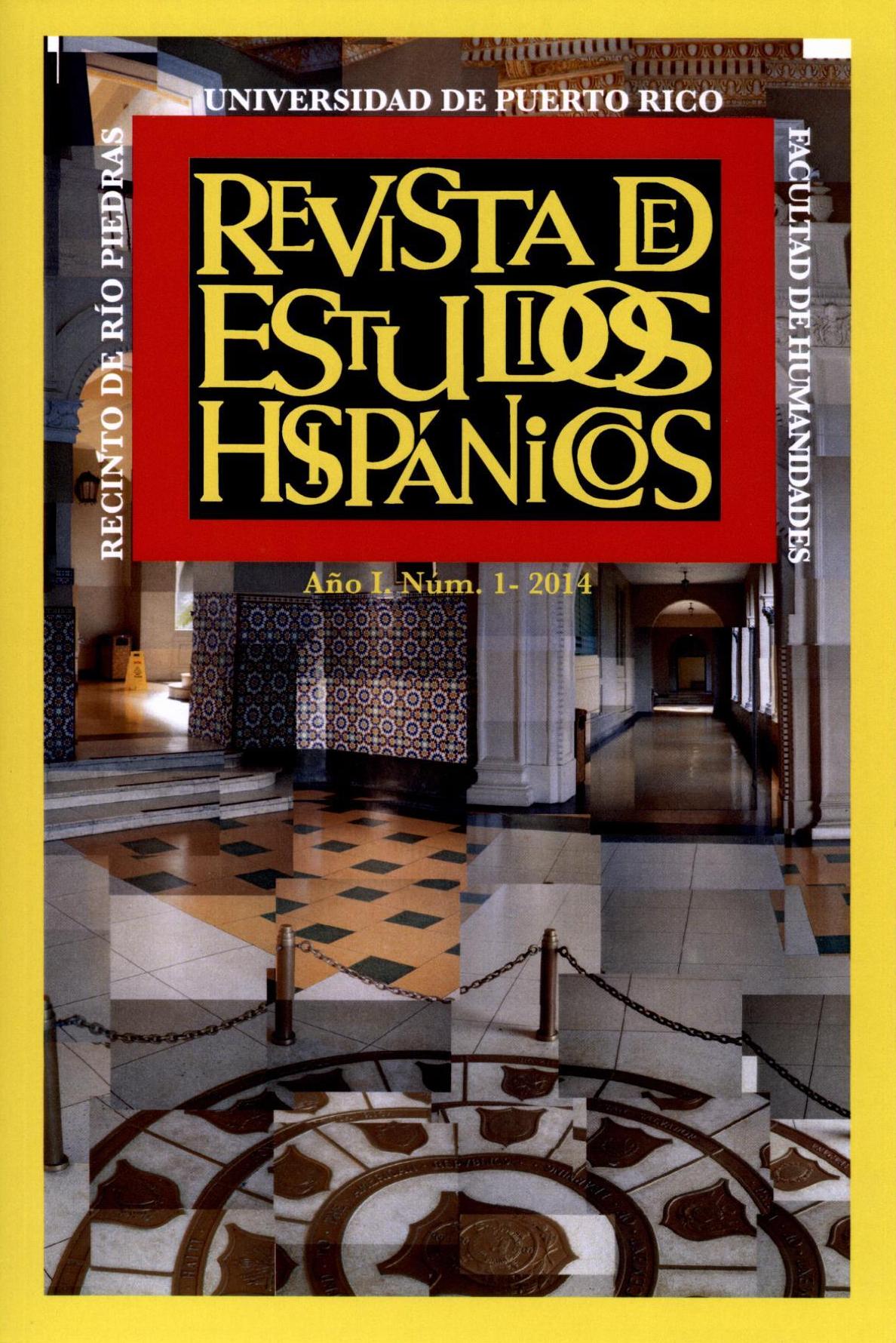Abstract
Federica Montseny (1905-1994), a key figure of Spanish anarchism, published numerous texts in order to define her vision of the modern woman within the context of her anarchist beliefs. Montseny was aware of the difficulty in changing social prejudices against women's emancipation, a difficulty that she dramatizes in her novel Sinfonía apasionada (1936). In this work, Montseny explores the construction of two literary feminine stereotypes, the femme fatale and the fallen woman, both of whom threaten to displace the representation of the modern woman that initiates the story.Sinfonía apasionada underscores the need to overcome rigid concepts of female sexual purity based upon the opposing models of virtuous domesticity and sinful sexuality stereotypes from which the protagonist attempts to escape. As a result the function of representation in the construction and maintenance of patriarchal gender roles is clearly revealed.This work is licensed under a Creative Commons Attribution-NonCommercial 4.0 International License.
Downloads
Download data is not yet available.

